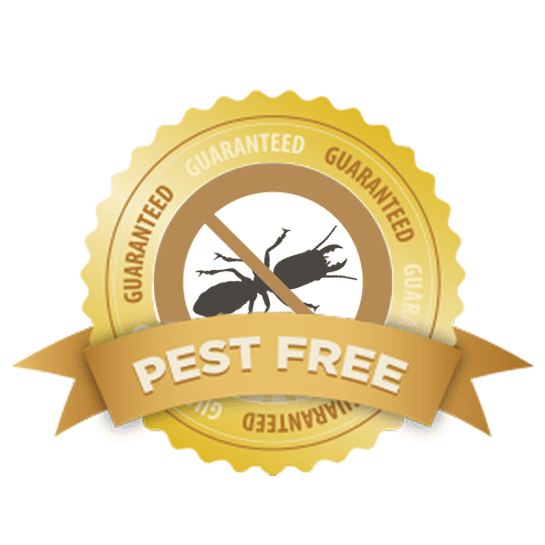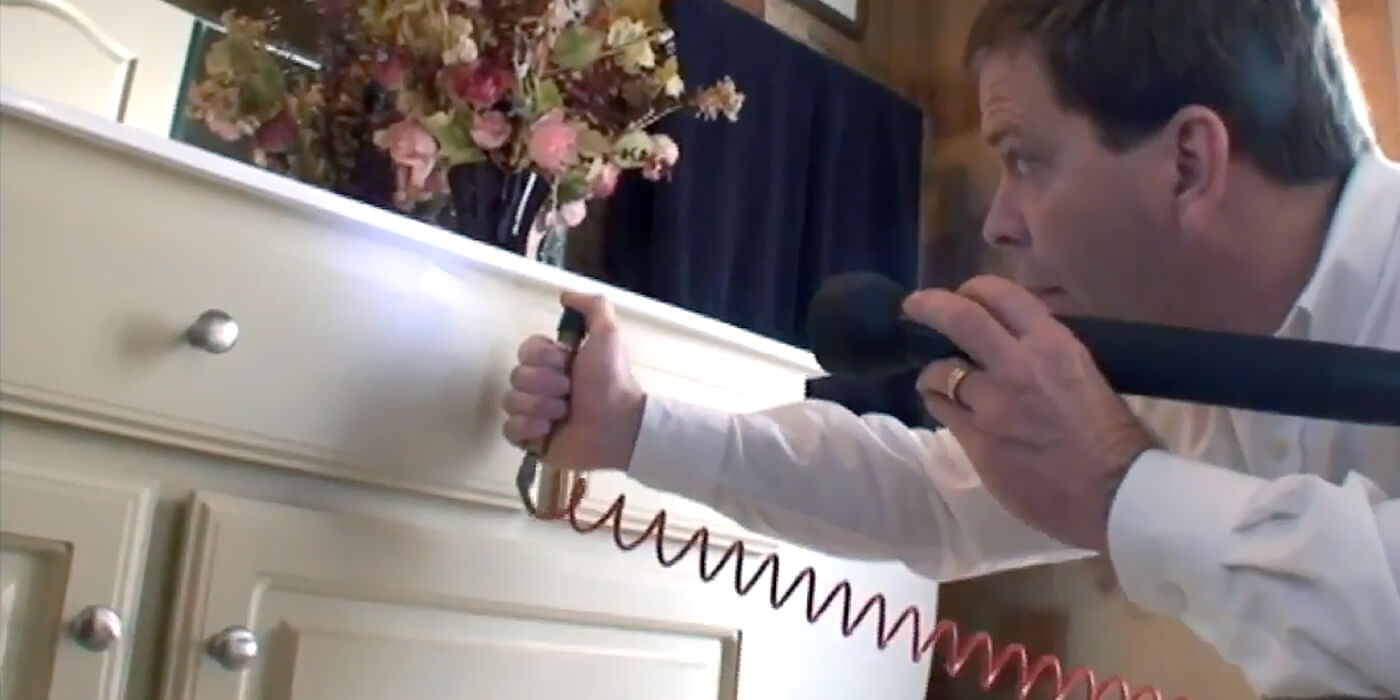Bed Insect Therapy Failure: Contrasting Chemical Vs. Non-Chemical Solutions
In the realm of parasite control, specifically when handling the relentless issue of bed bugs, the option between chemical and non-chemical treatment remedies can be an essential one. Both strategies supply distinct advantages and disadvantages, influencing elements such as performance, safety and security factors to consider, and total price. By examining the nuanced information of each technique, a more clear understanding of which course to seek in attending to a bed pest invasion can be acquired.
Effectiveness of Chemical Treatments
Chemical treatments for bed insect invasions have been widely identified for their potent and quick efficiency in removing these pests. When considering the efficiency of chemical treatments, it is essential to recognize that they can offer a fast and detailed service to a bed pest problem.
Additionally, chemical therapies have the advantage of supplying recurring results, implying that they can remain to eliminate bed bugs also after the preliminary application. This residual activity is specifically useful in combating any type of possible re-infestations. Furthermore, the quick activity of chemical treatments can bring alleviation to people encountering extreme bed bug infestations, permitting them to gain back control of their home quickly.
Security Interest In Chemical Solutions
One crucial facet that calls for cautious factor to consider when making use of chemical solutions for bed bug therapy is making certain the safety of owners and the environment. While chemical treatments can be efficient in eliminating bed insects, they may present dangers if not dealt with correctly. One of the primary security interest in chemical solutions is the possible damage they can cause to human wellness. Exposure to specific chemicals used in bed bug therapies can cause breathing concerns, skin inflammation, or other unfavorable reactions, especially in people with pre-existing problems or level of sensitivities. Furthermore, improper application or dose of chemical pesticides can result in toxic deposits remaining in the treated location, positioning long-lasting health threats to passengers.
In addition, the environmental influence of chemical solutions is one more substantial consideration. Some pesticides made use of in bed pest treatments may be damaging to advantageous pests, wildlife, and communities if they leach right into the dirt or water supply. It is necessary to use chemical therapies judiciously, following safety and security guidelines, and thinking about much less harmful options to reduce these dangers and ensure the reliable and risk-free monitoring of bed insect infestations.
Benefits of Non-Chemical Approaches
Taking into consideration the possible safety concerns and ecological influence connected with chemical services for bed pest therapy, discovering non-chemical approaches provides an appealing option with numerous unique benefits. Non-chemical methods provide a safer alternative for homes, especially those with youngsters, pets, or individuals sensitive to harsh chemicals. These approaches remove the risks of exposure to hazardous materials, decreasing the possibility for unfavorable health and wellness results. Moreover, non-chemical treatments are environmentally pleasant, as they do not add to air or water contamination, making them a lasting option for pest control.
Furthermore, non-chemical solutions can be reliable in targeting bed bugs, including hard-to-reach locations where chemical treatments may not pass through - A1 charlotte pest control companies. Approaches such as heat therapy, vacuuming, vapor cleaning, and mattress coverings offer detailed removal without the use of harmful chemicals.
Limitations of Non-Chemical Treatments

Additionally, non-chemical treatments usually require numerous applications to attain successful removal. This can be time-consuming and may not always assure full removal of all bed insects and their eggs, particularly in hidden or hard-to-reach areas.
Additionally, the success of non-chemical therapies greatly relies upon proper implementation and thoroughness, which can be challenging for people without specialist expertise. Inadequate application of non-chemical techniques may lead to insufficient eradication, bring about here are the findings persistent problems and the requirement for added therapies.
Therefore, while non-chemical treatments have their benefits, it is vital to recognize these constraints and consider them when figuring out one of the most effective technique for handling bed insect problems.
Expense Comparison: Chemical Vs. Non-Chemical Options
Offered the limitations connected with non-chemical treatments, an essential element to examine in the context of bed insect management is the price comparison in between chemical and non-chemical alternatives. Chemical therapies typically entail the application of pesticides by professionals, which can range from $250 to $900 per area, depending upon the intensity of the infestation and the dimension of the location to be dealt with. In contrast, non-chemical treatments like warmth therapy or heavy steam can be more pricey, with costs varying from $1,000 to $6,000 for an entire home. While the initial price of chemical treatments might seem reduced, numerous treatments may be needed to completely eradicate the problem, possibly raising the overall cost. On the other hand, non-chemical options may offer a much more green and lasting option, although they can be cost-prohibitive for some individuals. Ultimately, when taking into consideration the expense of bed bug therapy options, it is necessary to consider the ahead of time costs against the effectiveness and long-lasting sustainability of the chosen technique.
Verdict

Thinking about the prospective security concerns and ecological effect connected with chemical solutions for bed pest therapy, exploring non-chemical approaches presents an appealing option with a number of unique advantages.Given the restrictions associated with non-chemical treatments, a necessary element to assess Recommended Site in the context of bed insect monitoring is the cost contrast in between chemical and non-chemical options. In contrast, non-chemical treatments like warmth therapy or steam can be more pricey, with costs ranging from $1,000 to $6,000 for an entire home. While the preliminary expense of chemical therapies may appear reduced, several therapies might be called for to completely eliminate the problem, potentially raising the total cost.In verdict, when contrasting chemical and non-chemical bed bug therapy alternatives, it is necessary to consider efficiency, safety, benefits, constraints, and cost.